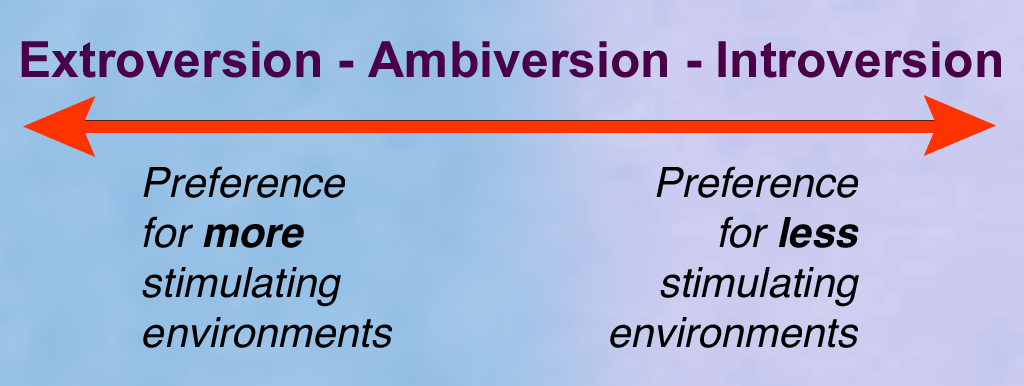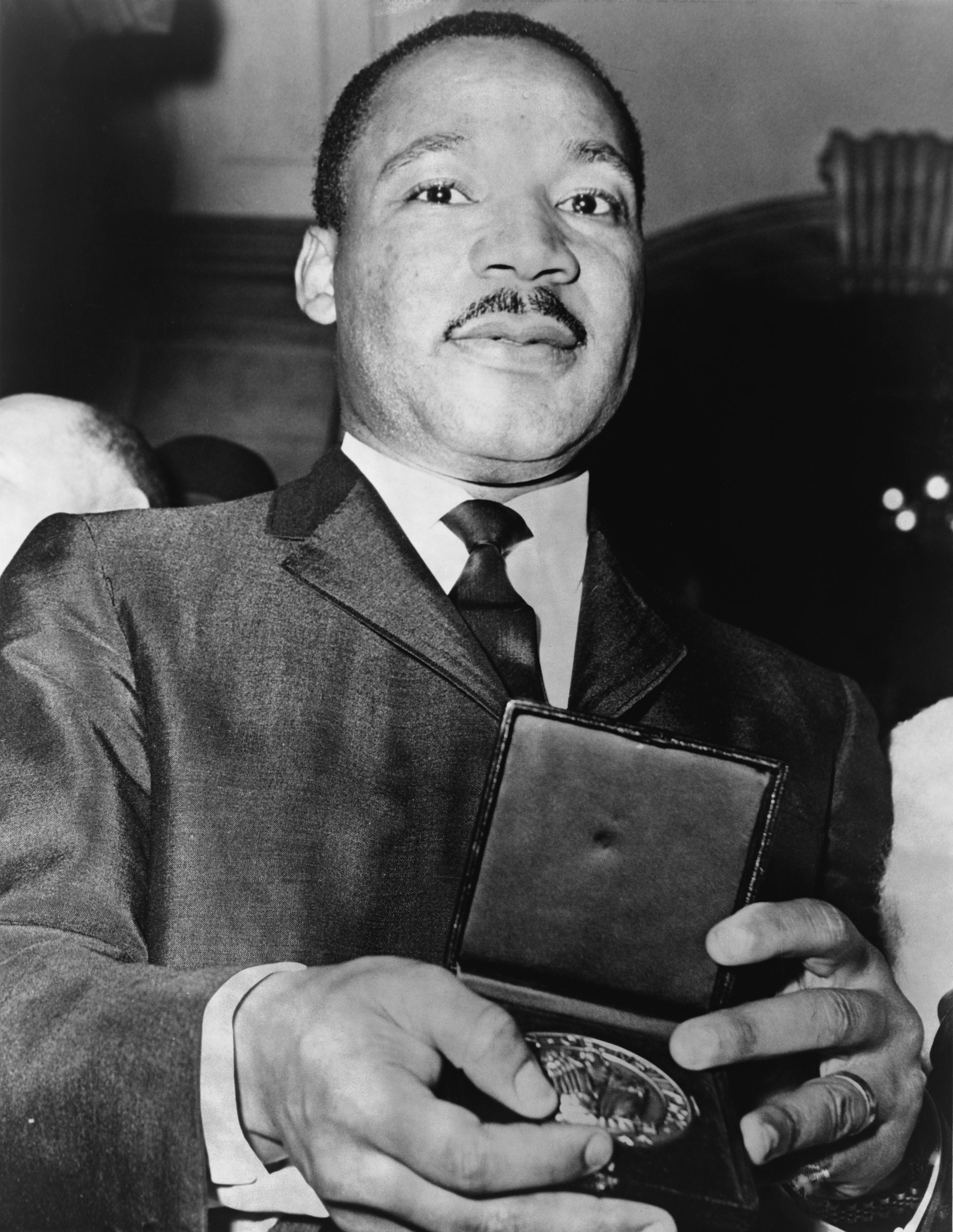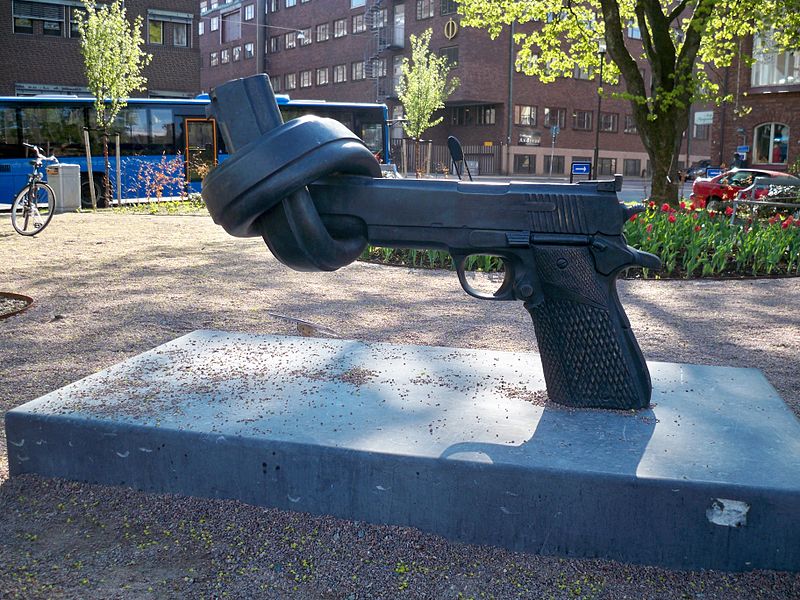I hope that the loss of these beautiful children, the wonderful adults at Sandy Hook and the mother of the shooter is not in vain. I hope that what turned a quiet, very intelligent young man who apparently was a vegan because he did not want to harm life, into the person able to kill innocent kids, the adults trying to protect them and even his own mother is understood.
I hope that we become wiser and more caring as a result of this tragedy, and I hope that our resolve to protect children extends to those darker, poorer children that are dying as we speak, in less spectacular but just as heartbreaking ways.
Source: daveparker via Wikimedia Commons
I wish I could say that I am optimistic about this, but the tone of the discussions from both liberals and conservatives and all those in between is not giving me much hope. I think we all want simple answers, so that we can make simple changes and fix this problem.
The reason we have not fixed this is not that we as a nation don't care, that we as a nations don't want action. The reason we have not fixed this problem is that there is no simple fix.
 |
| By InPhonic Customer Service via Wikimedia Commons |
I have called it a problem, but I have not defined the problem. In my mind the problem is a very different problem from what I think most in the media and on the internet are discussing. I suspect that one of the problems we have in talking about these tragedies, is that in some cases we are talking about very different problems, which are really just different aspects of the same problem.
The problem I am talking about is the loss of life, children and adults, to violence. It matters not to me if the loss of life is in the suburbs where violence is not that common, but tends to draw greater emotion from the general public, or if it is in the inner cities where violence is more common, but tends to draw less outrage and emotion outside the communities most affected.
 |
BLACK CHILDREN PLAY OUTSIDE THE IDA B. WELLS HOMES, ONE OF CHICAGO'S OLDEST HOUSING PROJECTS.
|
Some see the problem as protecting only the 'innocent' children in the suburbs, those whose parents have done no wrong,
somehow indicating that the poor parents in the inner cities have done wrong by being poor, and that somehow those children are less 'innocent' I find this rather disturbing. Others see this as an opportunity to address the problems of the children in the inner cities, by passing gun laws that would perhaps to do more to protect these kids, than any other.
When it comes to gun control, I tend to agree that it would be better to have more, to help protect those children dying out of sight and out of mind, I tend to agree that there are some weapons that really don't need to be sold.
However I have to admit a couple of things.
There are lots of guns in the US, there are lots of people who own guns, very few of them ever kill anyone. It bothers me that in this discussion they are seen by some as the enemy, their noses being rubbed in this horrific tragedy.
They have more information about the safe use of guns than anyone and should be brought in as partners in this conversation. As much as I am an advocate for rational gun control, in this case I am not sure even the strictest gun control would have prevented this, it might have mitigated it, if he had not been able to have the particular gun he used, but I am not sure it would have prevented it.
Now to the other red herring,
mental illness and crime. This conversation has been the most disturbing to me especially as we don't really know if 1) Adam had a mental illness, and 2) if this contributed to this crime. Something clearly went wrong that day, but can we attribute what happened to any disorder he might have had? We don't know, and unfortunately we may never know.
A couple of things should be noted,
many people have mental illnesses, most of these people don't go into schools and kill people, most of these people don't harm others period. Many of these people are more often victims of those who don't have mental illnesses. To assume that someone with a mental illness is more prone to violence than someone else, is an old prejudice that comes up every time there is one of these horrific crimes.
There are many types of mental illness, many types of personality disorders, and while these tend to create much disruption in the lives of those that have them, and their families, most of these people never harm anyone, and if there is violence, it is often on themselves when they are unable to cope with a world that has a tendency to mistreat them.
 |
| The real difference between extroverts and introverts. Source: By RCraig09 (Own work) via Wikimedia Commons |
It also bothers me that another prejudice, the one against those with introverted tendencies, also tends to flare up when one of these things happens. There is a desire for those who are suspicious of the introverted, to justify their suspicions by saying "See? I told you there is something wrong with 'those' people".
The truth is there is no indication that being introverted has any correlation to crime, where it has been looked at, an inverse correlation has been found, in the sense that most people arrested for crimes tend to be high on the neurotic and extroverted scales.
Think about it this way, if it were shown that this young man was an extroverted, charismatic guy like Ted Bundy (an most psychopaths) for example, would we be saying that it was this extroversion that was somehow responsible for his crime? That his having so many people to talk to, and being so at ease, was the reason that he went nuts? Of course not, so why do we do that with introversion?
Many of these people are also found to be highly intelligent, yet we don't indicate that somehow their intelligence is what caused them to do this, why not?
I suspect that in these situations we want to look at the person doing this crime as the 'other' someone unlike us, so that we can draft laws that can separate 'those' people from us so that 'we' can be safe. I think this happens when we look at mental illness in the context of these crimes when most people who commit gun violence are not mentally ill, the focus on the 'Loner', when more extraverts commit crimes in general, and on race and sometimes gender in crime.
I don't think we can solve the problem of gun violence, and the larger issue of violence, until we understand that the people who commit these crimes are not 'other' they are us. They are us who have been bullied and could not handle it, they are us who have been pushed over the edge and could not handle it, they are us who act on our deepest darkest prejudices, they are us who act on their anger.
Thus no law or societal action that focuses on 'others' will ever protect us as they are not 'other', they are us. Until we have laws that protect all of us equally, help all of us equally and address all of us no matter how different or similar we seem, we will never solve this problem.
One final thought, the other night I saw a commercial for an upcomming film, filled with many shootings, guns and quite a bit of violence. I can't help thinking that while it is OK to have some movies with this kind of action, perhaps if fewer of our movie 'heros' were depicted like this:
.jpg) |
Pierce Brosnan (Madame Tussauds)
By Jeremy from Leuven, Belgium (Ireland - London Trip) [CC-BY-2.0 (http://creativecommons.org/licenses/by/2.0) or Public domain], via Wikimedia Commons |
And more like this:
 |
Ghandi 60 years walking to meeting
By Vdkdaan (Own work) [CC-BY-SA-3.0 (http://creativecommons.org/licenses/by-sa/3.0)], via Wikimedia Commons | | |
Or this:
 |
Mother Teresa
By Evert Odekerken [CC-BY-2.5 (http://creativecommons.org/licenses/by/2.5)], via Wikimedia Commons | | | | |
The latter two might not be as sexy, I agree, but they are both examples of people who are real heroes, bringing life to others as well as hope, not with violence, but with peace. They are not large people, nor are they very strong people, but they were able to affect the lives of many, have their voices heard and be a force for good in the world.
I am not saying that we have to force kids to go see movies about Mother Teresa, or Ghandi, although I think it would be great if they did.
I am saying that perhaps the heroes of other movies could use more love, talking and kindness, than guns, and violence when resolving problems. Rather than often having these qualities mocked in those movies, in our schools and yes, in this discussion about quiet people.
 |
Martin Luther King Jr with medallion By
Phil Stanziola, NYWT&S staff photographer [Public domain], via Wikimedia Commons | |
My Final thoughts are that we can reduce violence, we can honor the memories of the people who died at Sandy Hook, and we can do it without taking away guns from all Americans, and without taking away the rights of with mental health issues. We are already doing it, it won't be simple, it won't be pretty, but it can be done.
The question is are we willing to look at 'all' the children in the US as 'all' our kids? Are we willing to have an honest discussion about what kind of society we all want to live in? I sure hope so.
Food for thought: Both Ghandi and Martin Luther King Jr. were
killed by firearms.




































.jpg)








